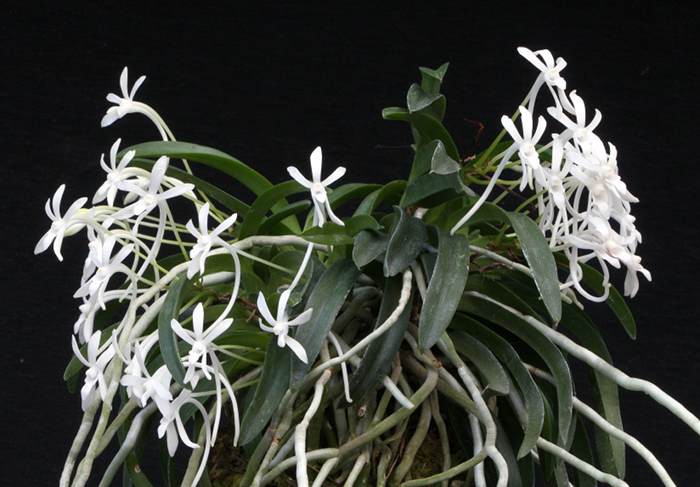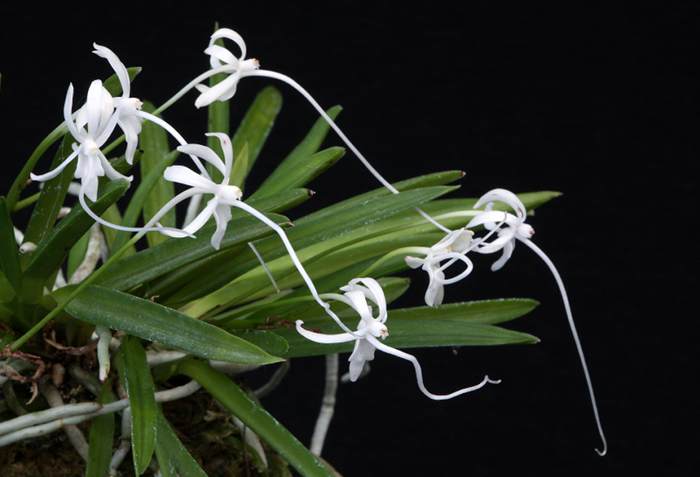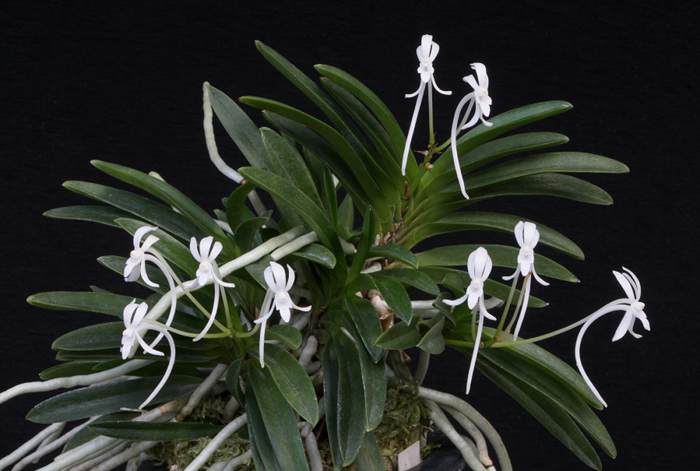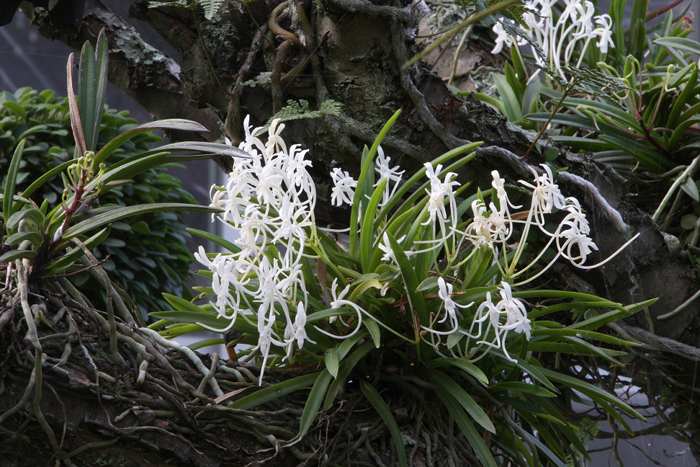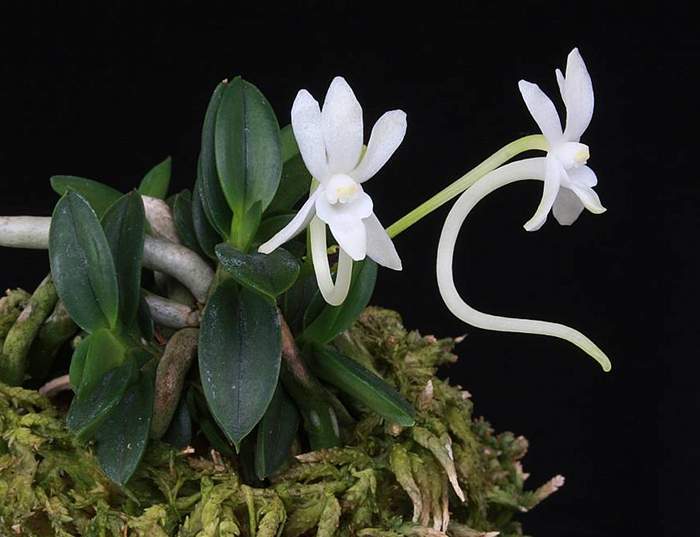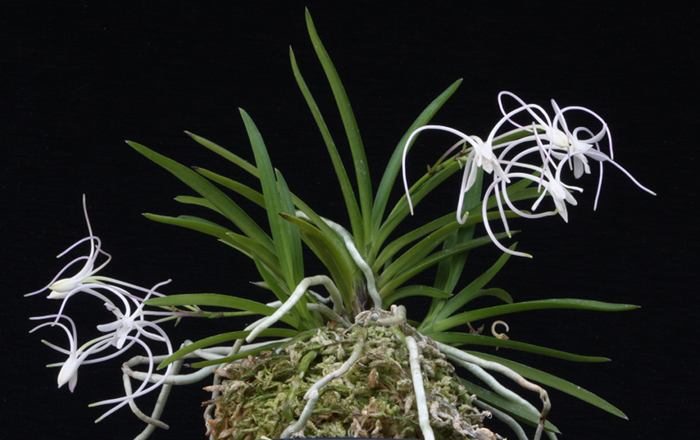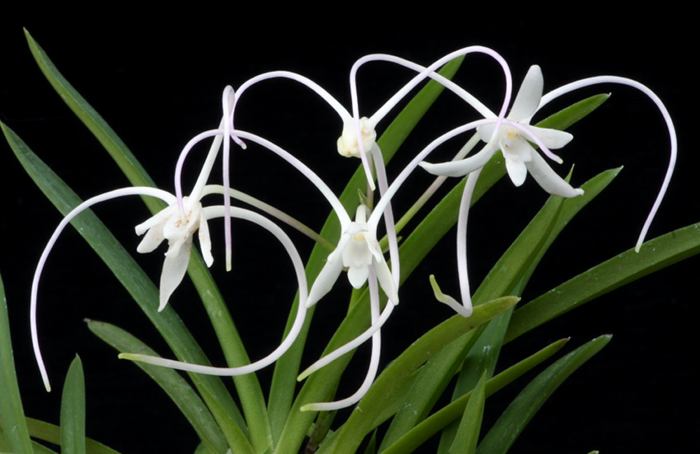KyushuCalanthe
Just call me Tom
- Joined
- Jan 12, 2008
- Messages
- 8,181
- Reaction score
- 462
When do the neo shows usually take place in Japan?
In time with their natural blooming cycle - here in Kyushu that would be the first week of July normally. Some were a little early this year.
They sell them in the grocery stores where Tom lives! :evil:
Almost, but not quite. You do see them at garden centers sometimes.
Lovely vans (neos). I'm now convinced I do need a Seikai.. or a Manjushage.. which would you pick first?
Every collection needs a Seikai because it is just so special, and not just for the flowers, the whole plant is really unique. Manjyushage has great flowers, but the plant is nothing out of the ordinary - well, it is nice, but not special. So I'd go with Seikai first…




